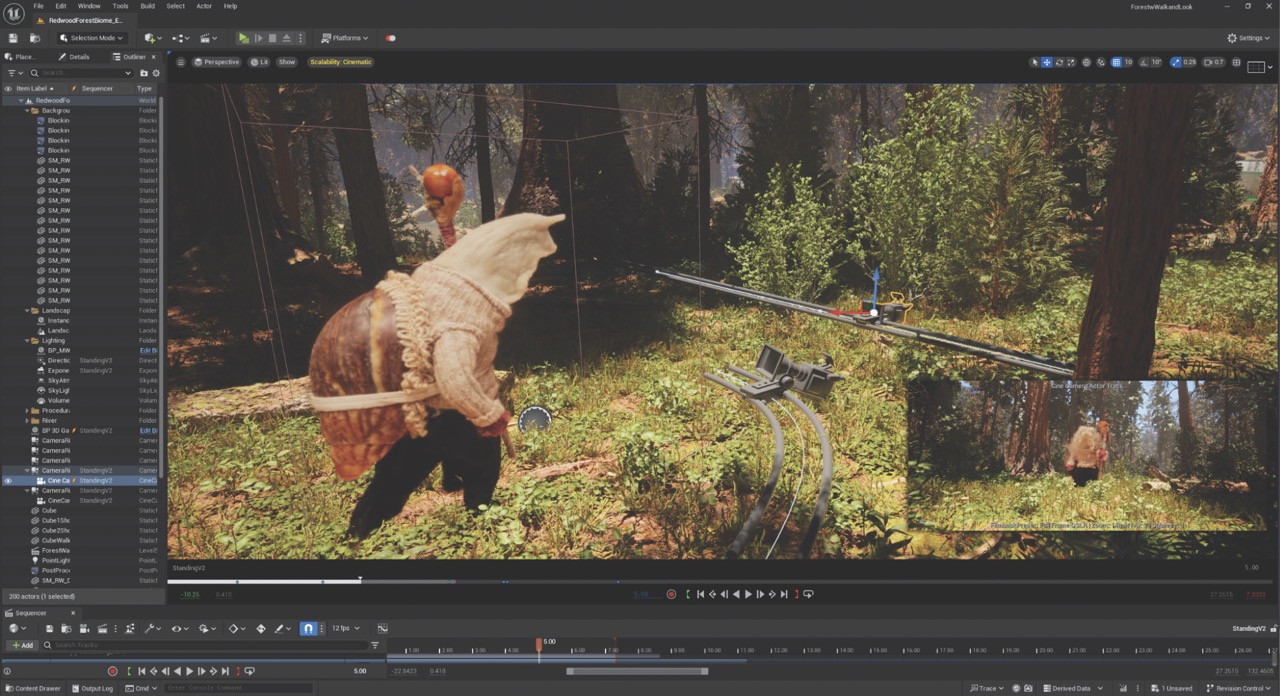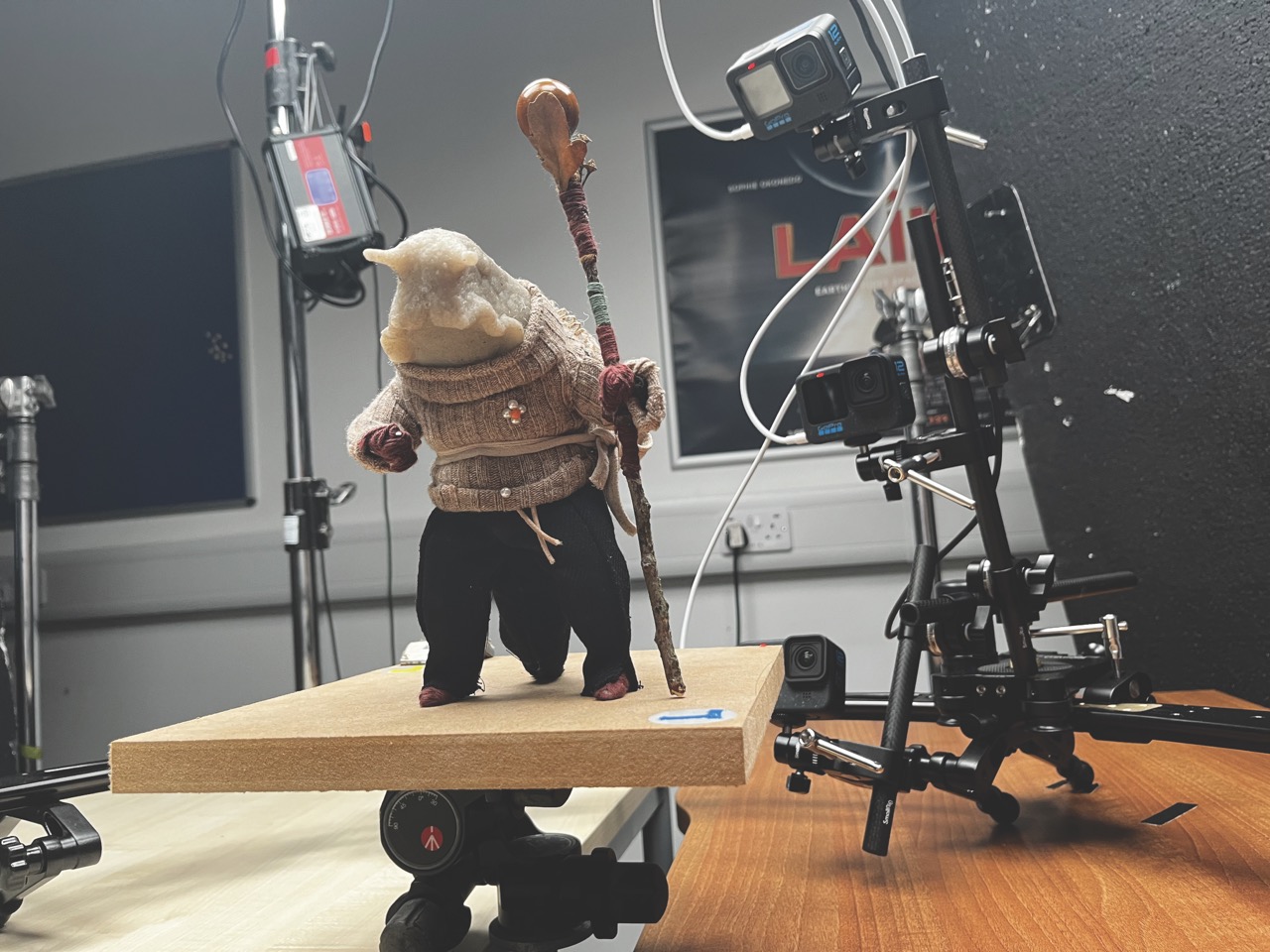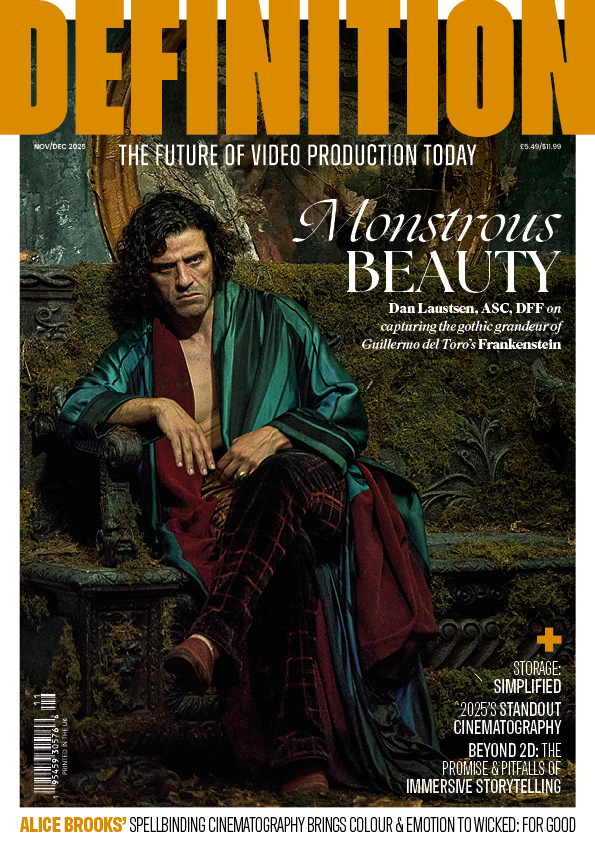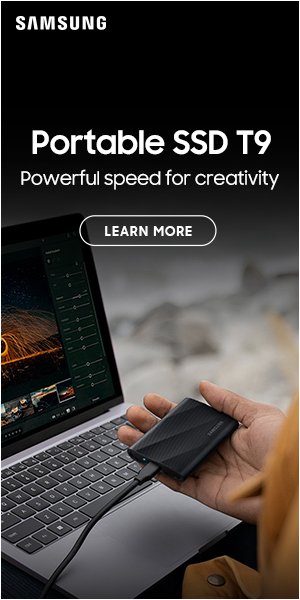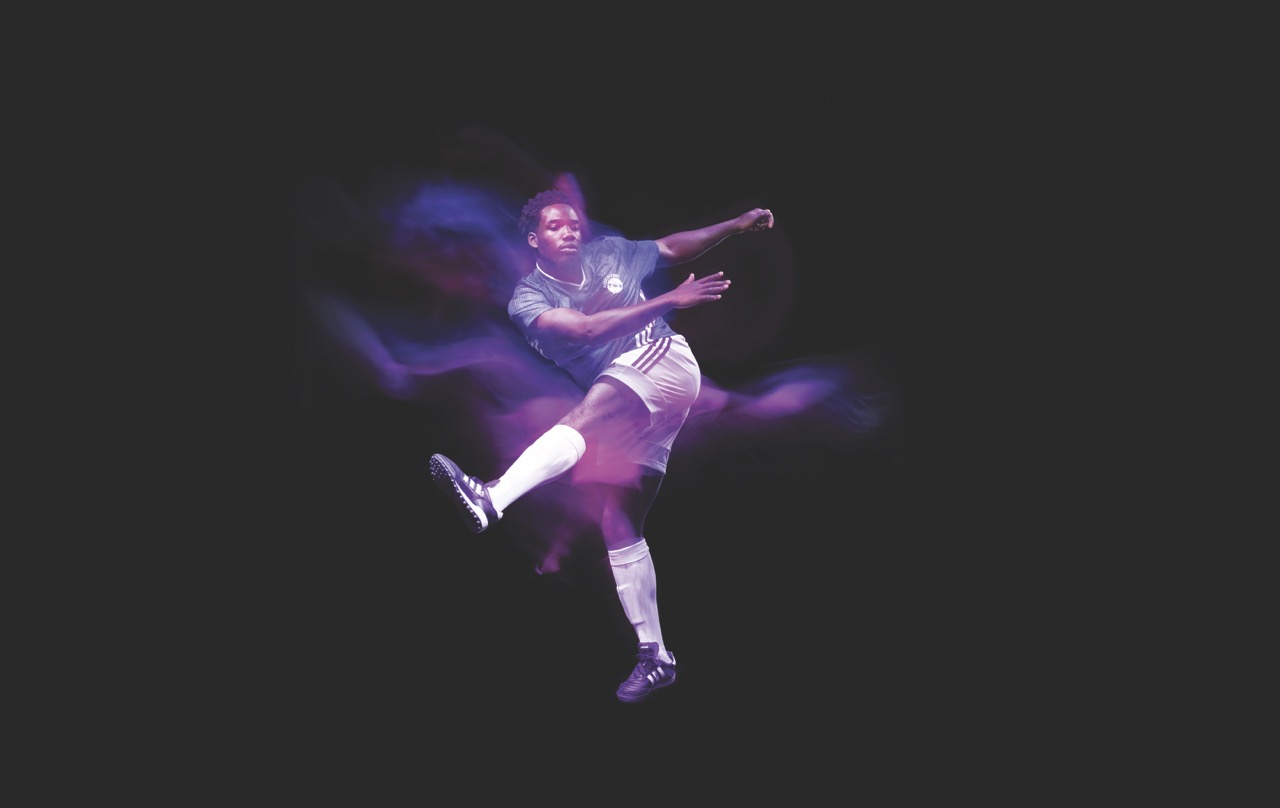
Gaussian splatting with Clear Angle Studios
Posted on Oct 1, 2025 by Admin
Phil Rhodes explores the emergent 3D capture technology, with input from Clear Angle Studios and the NFTS
Bringing real-world objects into computer images isn’t a new idea, but the most popular approaches have struggled with elements as simple as reflective surfaces. Some fresh ideas, though, might offer solutions.
Object scanning has typically relied on recreating the shape of an object as a mesh, then painting onto that mesh with image data. Techniques involving multi-directional lighting can record the more complex characteristics of a surface, but reflections of the environment in which the object was scanned, as well as transparency, are often poorly represented.
An alternative – resplendent in the name Gaussian splatting – is based on ideas dating back to the nineties, but recent advances in hardware and software have made it more practical.
Alex Dewar is lead capture technician at Clear Angle Studios, the company behind the head scanning system Dorothy, and describes the technique simply: “Imagine a three-dimensional scene made up of millions of tiny, coloured points. Each point – or Gaussian – has a specific location in that 3D space as well as a colour, shape and opacity. Then, when you look at the scene, those points are rendered so that you see a realistic image, complete with lighting and reflections.”
Dewar’s involvement began with more traditional techniques. “I fell in love with 3D work at The Animation School in Cape Town. After that, I landed a job working on projects like Troy: Fall of a City and The Scorpion King: Book of Souls.
That’s where I got hooked on LiDAR and photoscanning. I met the Clear Angle team on Bloodshot, where they were doing LiDAR scanning.”
Dewar is keen to emphasise that Gaussian splatting is “completely different from polygon-based rendering; like a very sophisticated point cloud, but instead of just dots, you have these tiny, soft-edged ellipsoids that blend together to form a photorealistic 3D volume.” Even so, she continues, the technique is “not a direct replacement for traditional 3D modelling methods like mesh and UV map creation. There is research going on to bridge that gap, but think of Gaussian splatting as a way to splat a scene into a viewable, interactive format, rather than a starting point for traditional 3D assets.”
“Expanding our horizons into the world of radiance fields has opened up exciting new opportunities for collaboration with other companies,” she continues. “On our journey into Gaussian splats, we’ve been working closely with Prism AI director Neirin Jones, seeing very positive results – including playing with how to capture light and movement in 3D space.”
Photogrammetry and Gaussian splatting have crossover, to an extent, as Dewar explains. “Splat creation involves taking high-resolution photographs from carefully selected angles, in order to completely cover the subject.” But turning that image data into the viewable result can be hard work for the hardware. “The processing requirements vary a lot between subjects. The datasets are similar in size to a 3D scan, so the storage requirements don’t change too much, but the processing is a lot more resource-intensive than with 3D scans.”
Ensuring an adequate supply of people to do that work – as and when the technique hits the mainstream – falls to the education system. Cristen Caine is R&D producer at the NFTS, a role that brings him into contact with a range of new ideas. “I’ve spent most of my career in the TV industry, but joined the NFTS early last year. The innovation, or R&D, department looks at new technologies; what our students will need to know to build a career that fulfils their ambitions.”
Gaussian splatting, Caine says, remains a nascent technique, but one those students are likely to encounter. “It’s an emergent 3D capture technology – similar to photogrammetry – although instead of capturing meshes, it captures points of light in space; where they are and their dimensions. Within that you can measure colour and scale. Photogrammetry can’t really capture glass windows; an example we used at the school was to capture the pod from Aliens. Splatting understands it perfectly.”
While the overall photographic processes have much in common, splatting can make capturing such a scene less complicated. “We’ve found that you don’t need to capture as many images as you do for photogrammetry,” Caine suggests, “and you don’t need to be as careful about where the edges of those images are, which makes it faster to capture. With a small object, we circle from the ground looking upward, from the middle and from a higher angle looking down. These are enough to work out where the surfaces and background are,” Caine says, but cautions that “consistent lighting is really important. Use good, clean lighting and capture all angles, and you can create really nice models in a small time frame. It’s quite GPU-heavy – programs like Postshot need to run on beefy computers.”
A key factor is that shape, texture and lighting are represented in a single data set, which might raise eyebrows among people accustomed to the option to relight a mesh to suit new scenes. This, Caine says, is being worked on: “We have some colleagues at the University of Surrey doing relighting research, and also some work on compression – trying to bring file sizes down.”
What differentiates all of film and TV from photography, though, is movement, and Caine accepts that this is a work in progress. “It’s a very central part of our research. Wallace, Gromit and Peppa Pig all came from NFTS alumni, and the animators are always developing new techniques.” Capturing a sequence of scenes to represent motion presents issues: “We tried capturing frame by frame and putting those together to capture fluid motion. I don’t want to suggest we’re the leading researchers in this area, because we’re not, but we believe motion splats aren’t quite there.”
Notwithstanding earlier work on what’s widely called volume rendering, the current incarnation of Gaussian splatting is new enough to be the talk of SIGGRAPH for a while. “I think the very first paper on splatting came out this month,” Caine says. “When we picked it up, it was only nine months old as a technology. As we’re testing and making short films, new papers are being released – and a plug-in was released for Adobe After Effects while we were working on it.”
Dewar concurs. “New developments are emerging almost daily, particularly around optimisation and speed. We’re seeing a lot of advancements in editing splat data. Imagine being able to paint or sculpt a captured 3D scene, with the option to add or remove objects in a photorealistic way. That opens up a whole new realm of possibilities for VP and content creation.”
This article appears in the September/October 2025 issue of Definition


